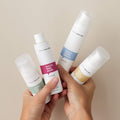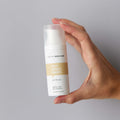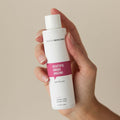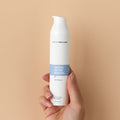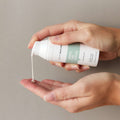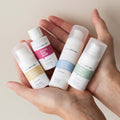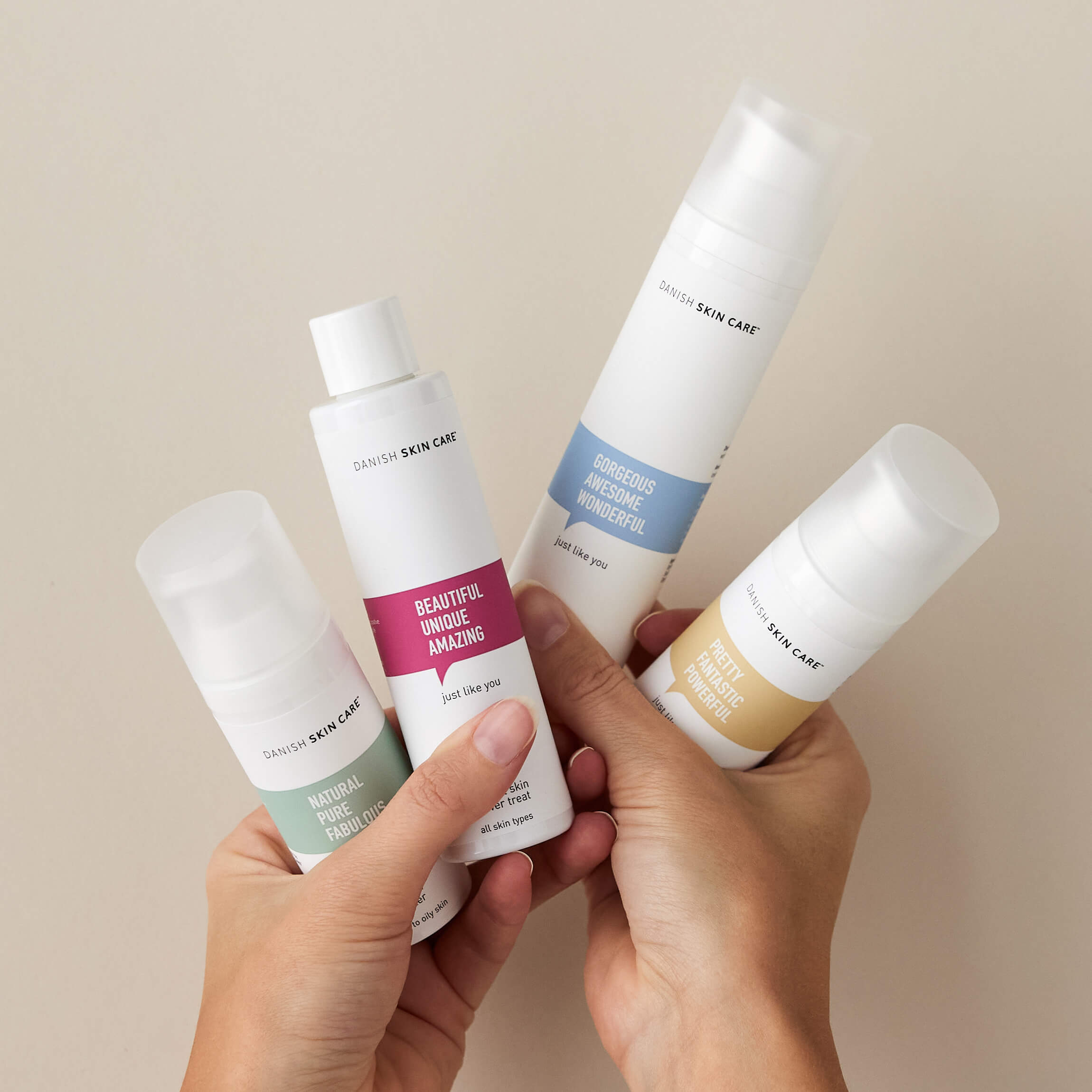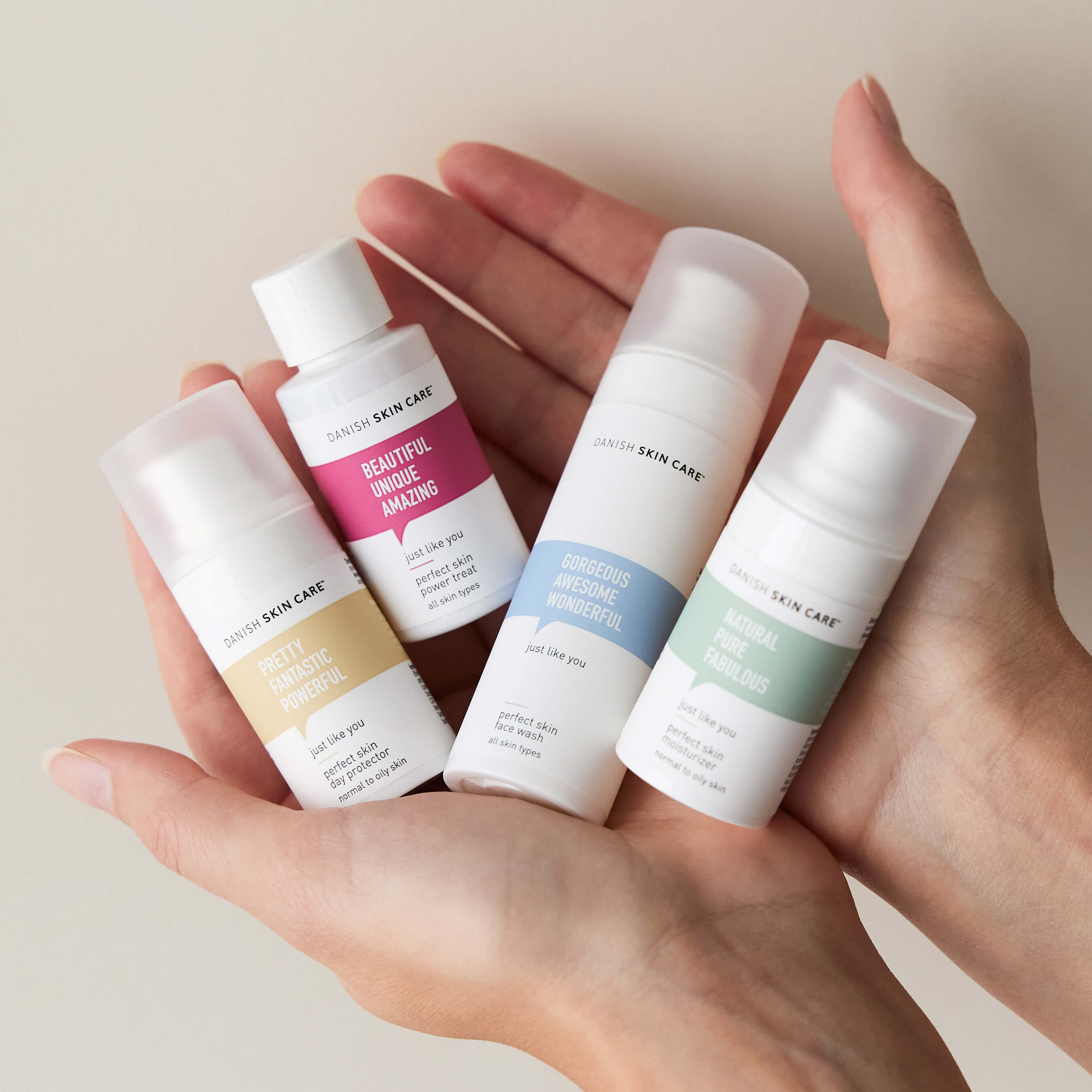
Our ingredients
Less bad,
more good.
Our stance on ingredients is quite simple: We only want the best! That’s all there is to it. 😉
Danish Skin Care is based on what research has shown actually works for treating your skin and your skin problems.
See our POWER-ingredients on this page, or click here to see the full INCI lists.
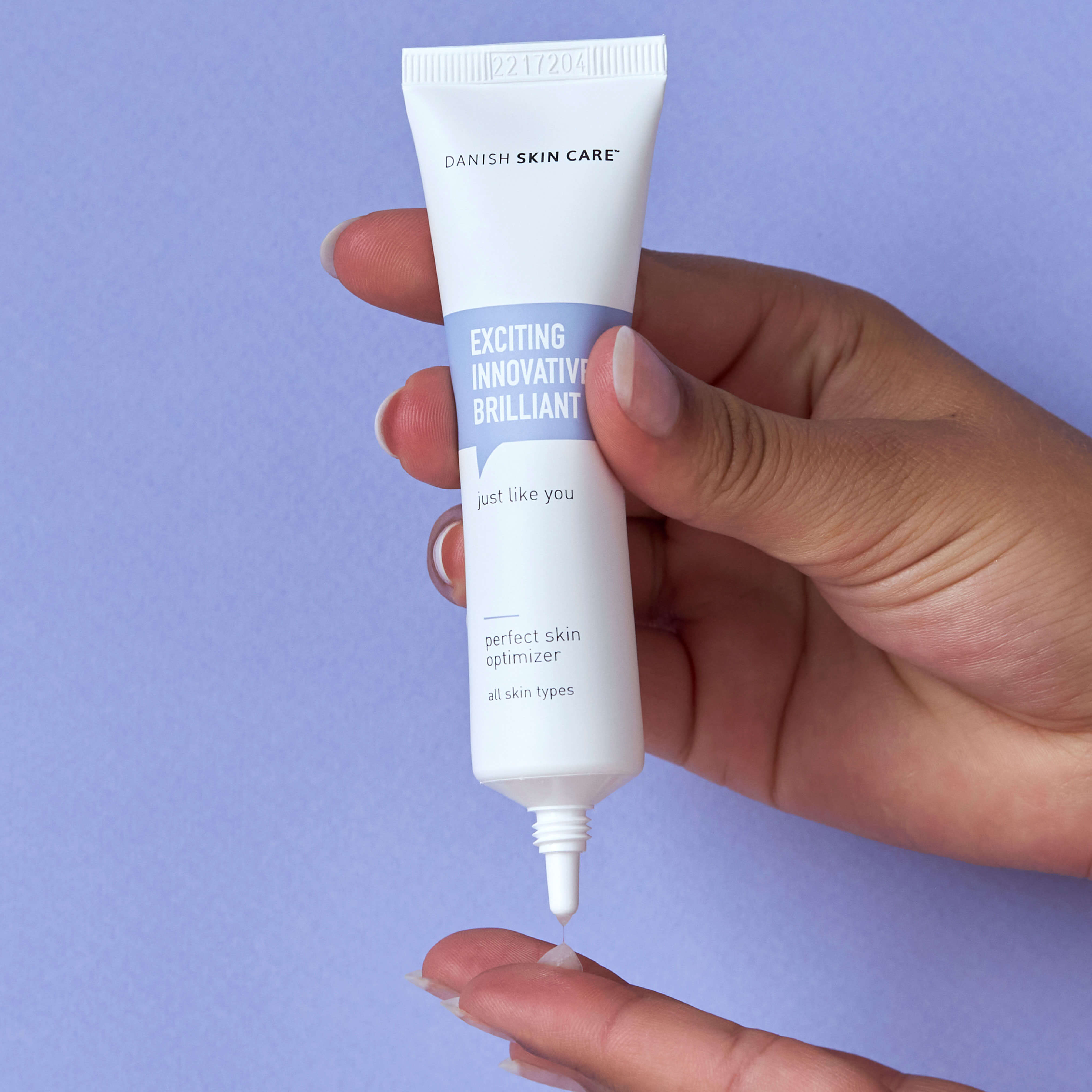
Azelaic Acid
Azelaic Acid is a brilliant ingredient for tackling more stubborn skin problems. It is especially effective against pigmentation, ruddy skin, redness, rosacea, acne, and impurities.
The science behind Azelaic Acid:
Azelaic Acid: Evidence-based Update on Mechanism of Action and Clinical Application. J Drugs Dermatol. 2015 Sep;14(9):964-8.
See more studies on Azelaic Acid
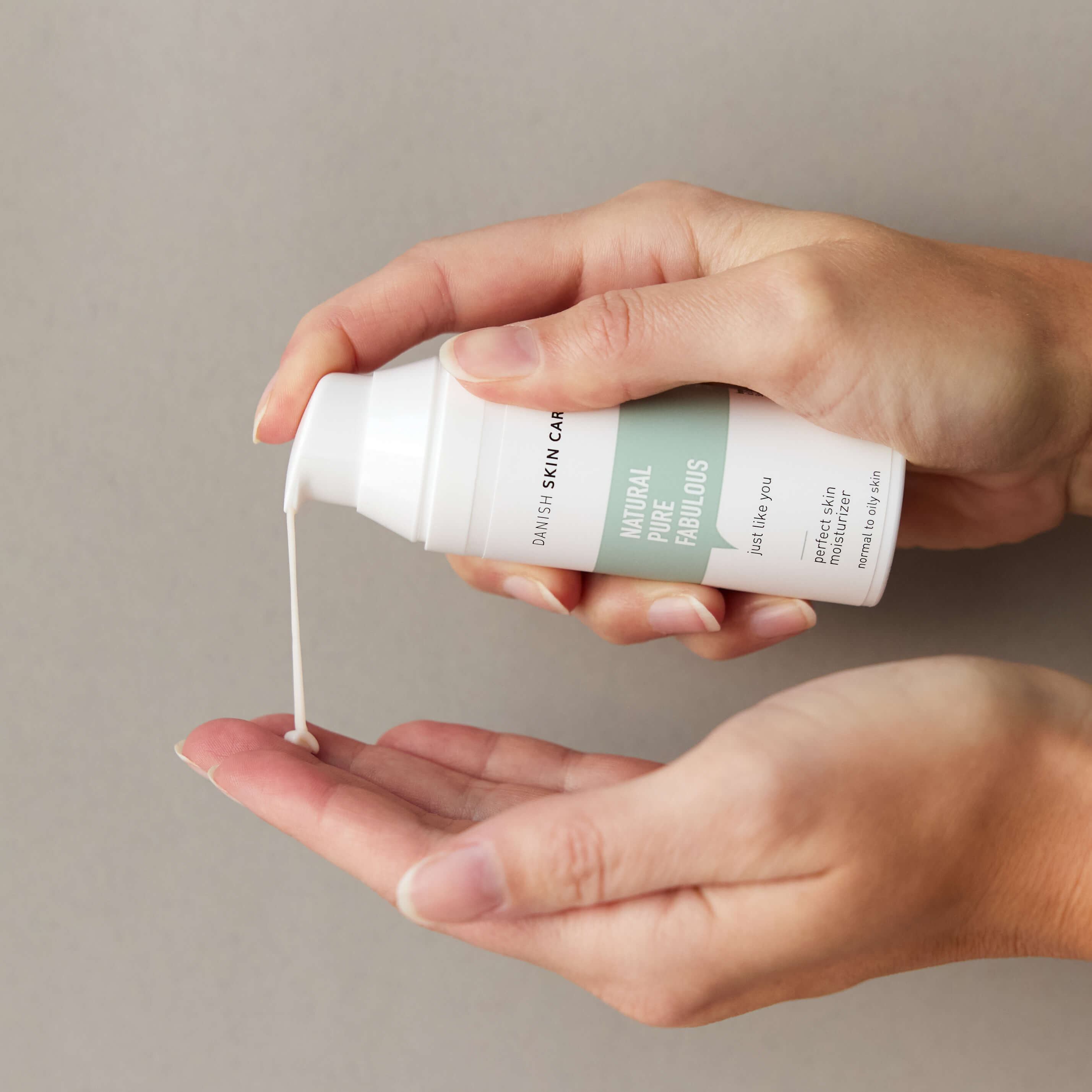
Vitamin A
Known as retinol, retinyl palmitate, retinyl acetate and retinoic acid, Vitamin A is a great ingredient for treating scars, wrinkles and pimples. Also really good for protecting and improving the skin.
The science behind Retinol:
A randomized, double-blind, split-face study comparing the efficacy and tolerability of three retinol-based products vs. three tretinoin-based products in subjects with moderate to severe facial photodamage. J Drugs Dermatol. 2015 Jan;14(1):24-30.
See more studies on retinol
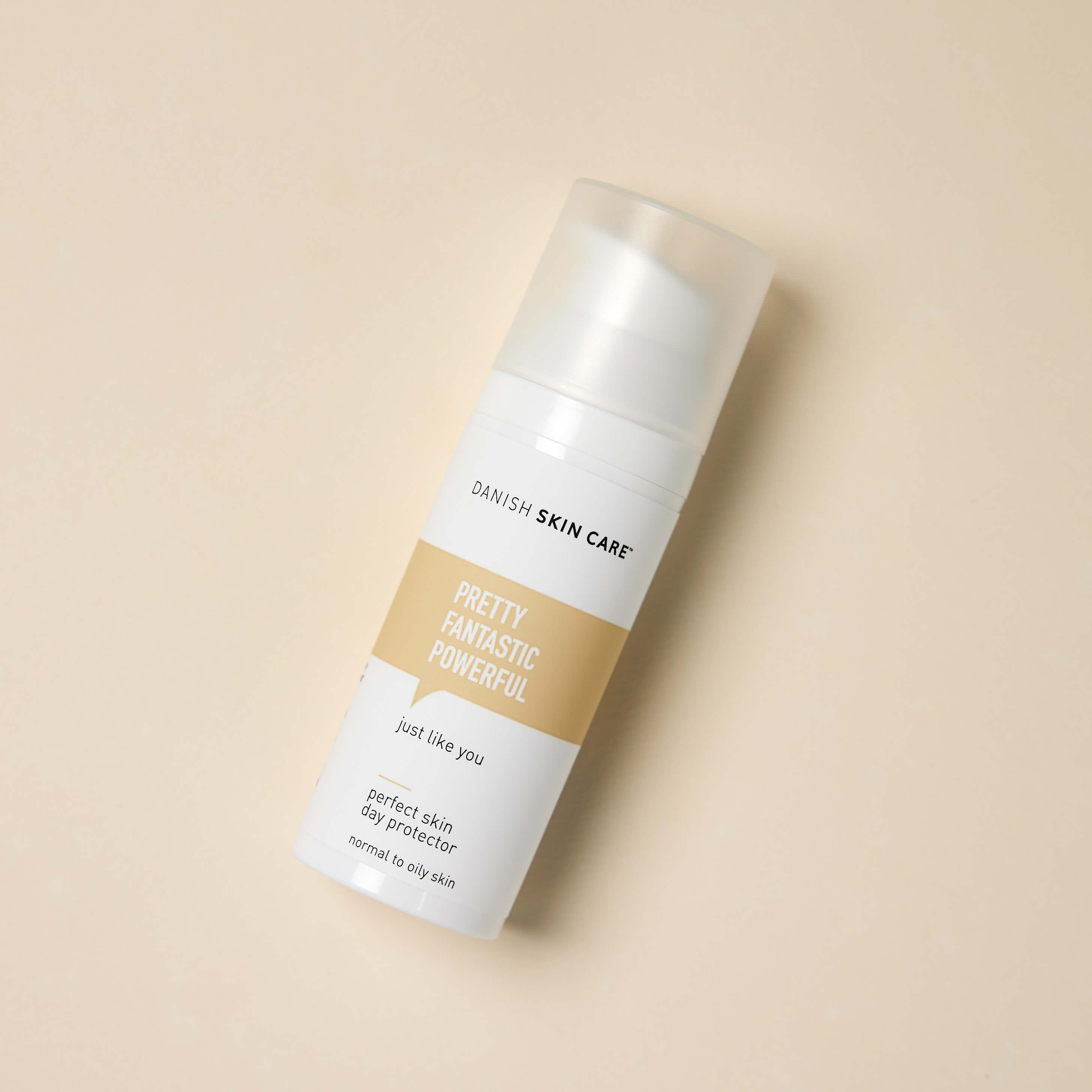
Vitamin B5
Panthenol is an important vitamin that helps keep the skin’s moisture level healthy.
The science behind Panthenol:
Skin moisturizing effects of panthenol-based formulations. J Cosmet Sci. 2011 Jul-Aug;62(4):361-70.
See more studies on panthenol
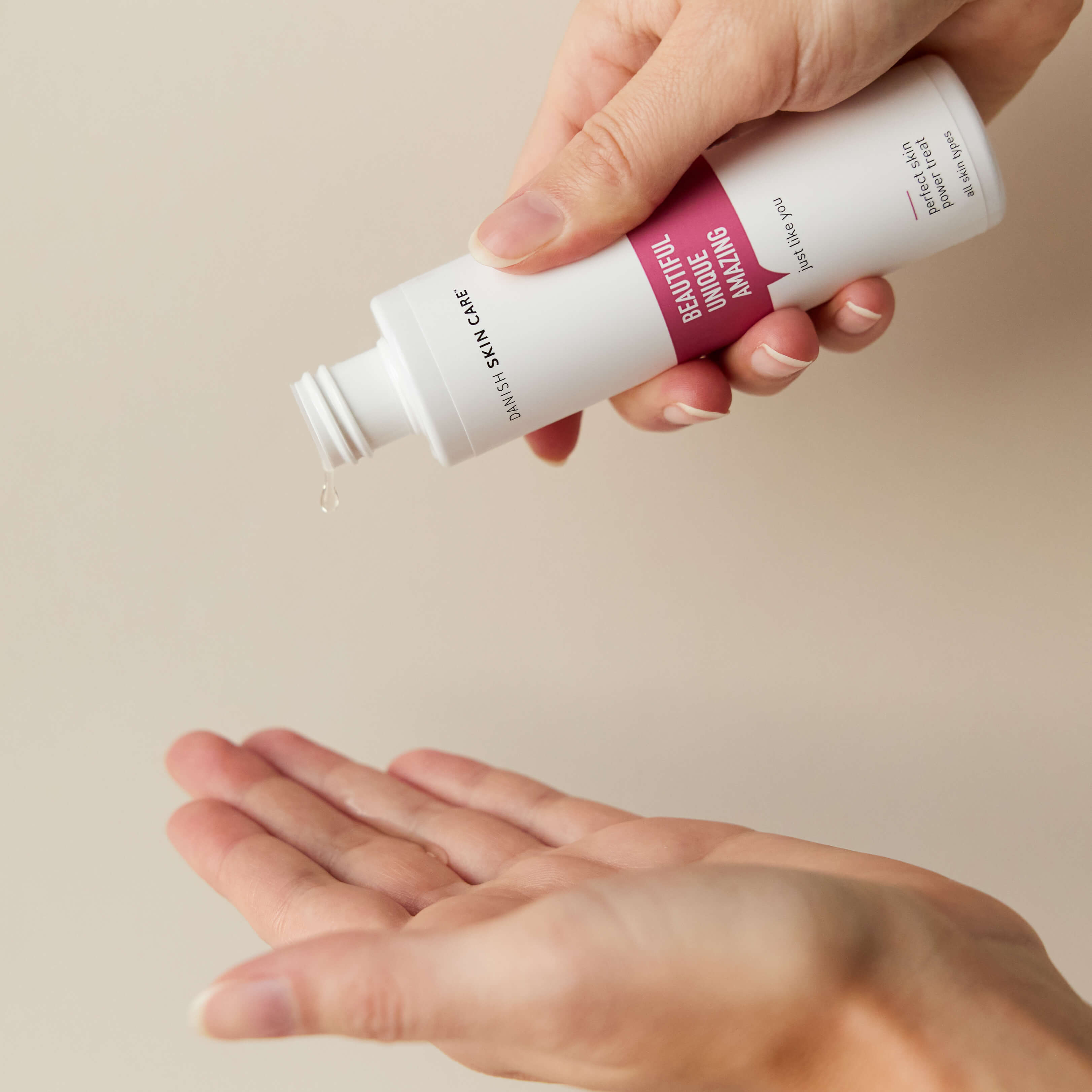
Chamomile
Anthemis Nobilis is an incredibly good ingredient to soothe, remove itching and reduce irritation in your skin.
The science behind Chamomile:
Practical Uses of Botanicals in Skin Care. J Clin Aesthet Dermatol. 2009 Jan;2(1):36–40.
See more studies on chamomile
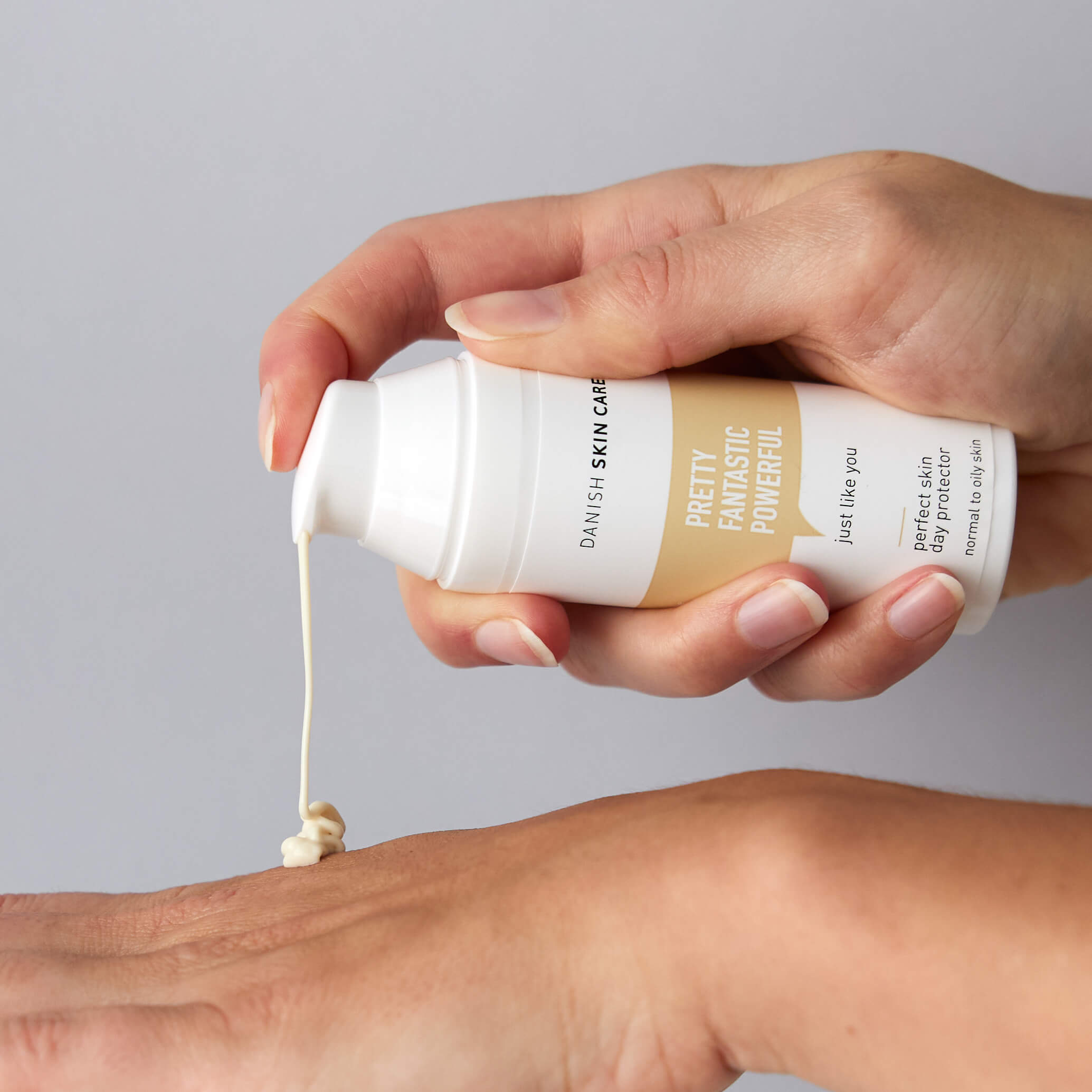
Niacinamide
Vitamin B3 is an ingenious ingredient for skin problems – and damages to the skin. Important in the treatment of scars, sun damage, pimples. And effective in reducing the appearance of wrinkles.
The science behind Niacinamide:
Nicotinic acid/niacinamide and the skin. J Cosmet Dermatol. 2004 Apr;3(2):88-93.
See more studies on niacinamide
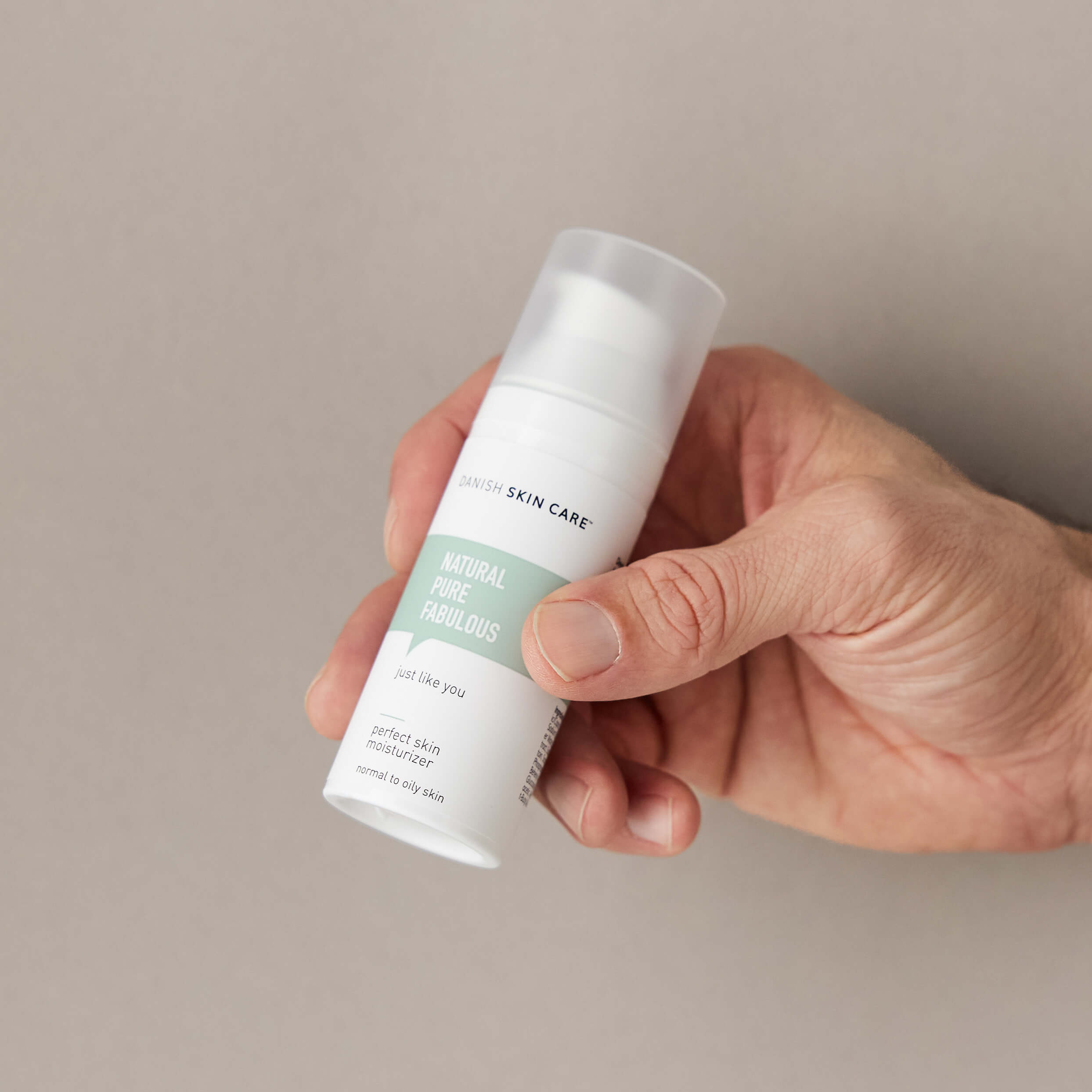
Vitamin E
Fantastic antioxidant for the skin, which both protects, rebuilds and improves the skin.
The science behind Vitamin E:
UV photoprotection by combination topical antioxidants vitamin C and vitamin E. J Am Acad Dermatol. 2003 Jun;48(6):866-74.
See more studies on vitamin E
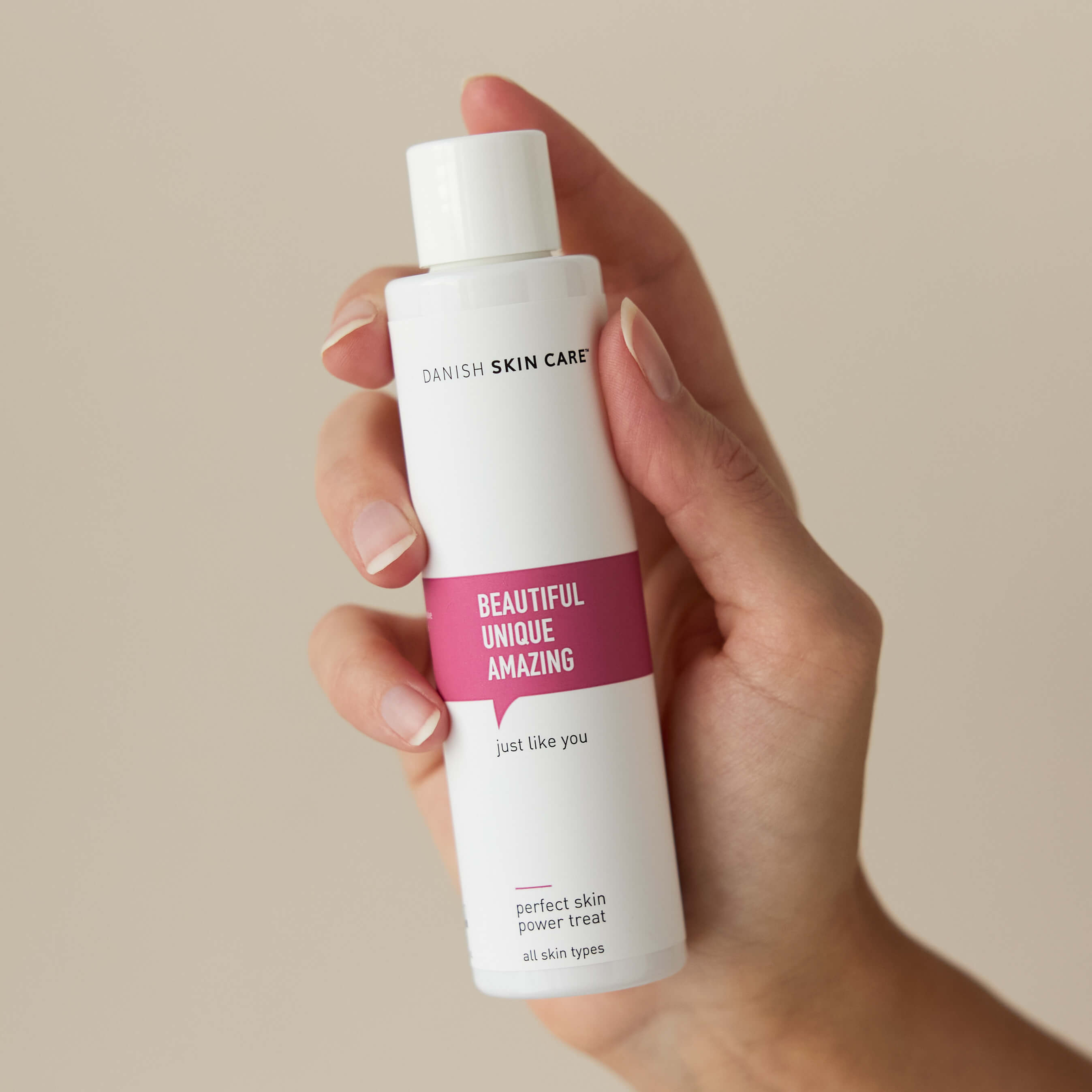
Salicylic Acid
Known as BHA (Beta Hydroxy Acid), it effectively but gently removes dead skin cells, deeply cleanses your skins pores, while soothing your skin, reducing irritation and removing redness. I also has moisturizing properties.
The science behind Salicylic Acid:
Salicylic acid as a peeling agent: a comprehensive review. Clin Cosmet Investig Dermatol. 2015 Aug;455–461.
See more studies on salicylic acid
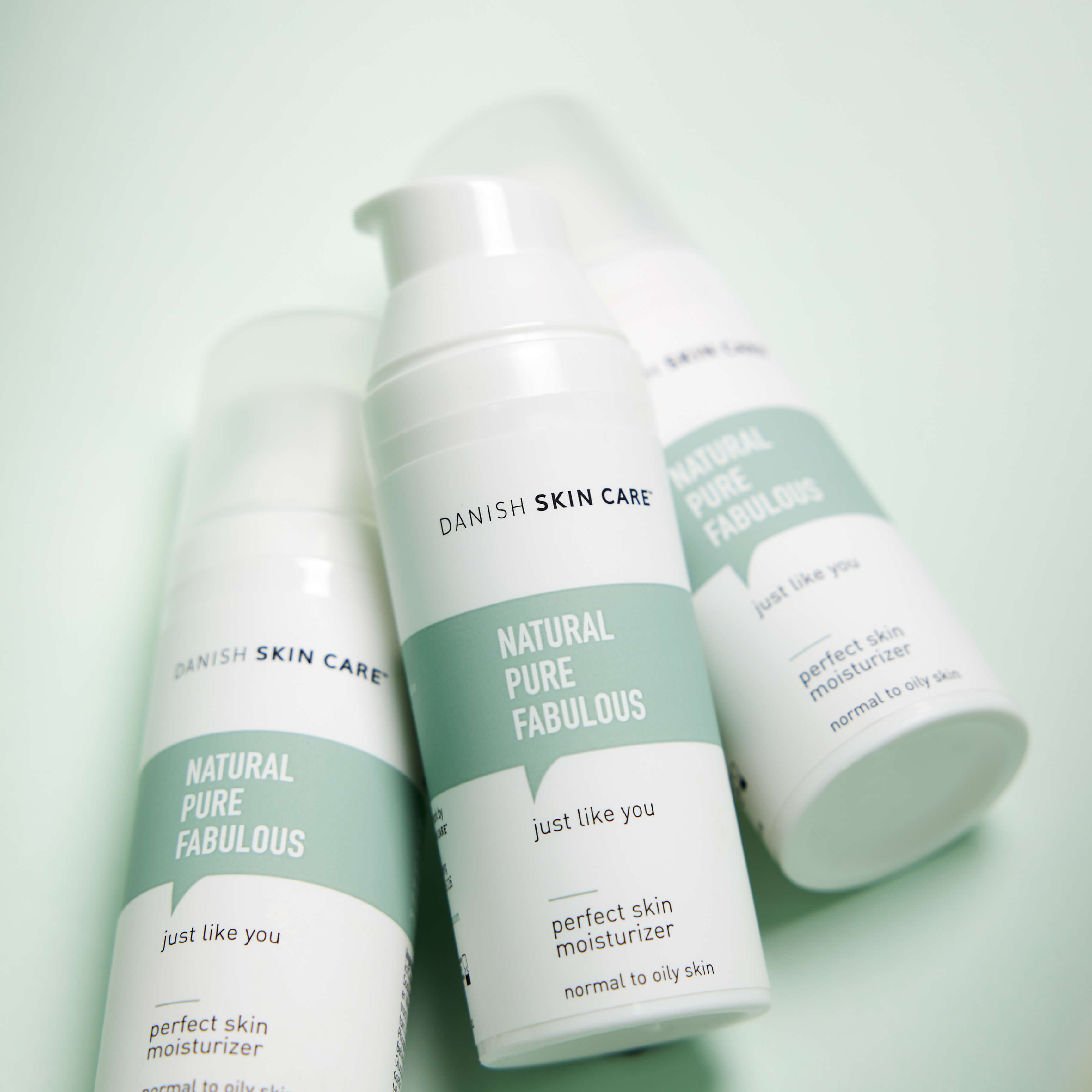
Urea
Urea is a superb moisture binder that keeps the skin hydrated, elastic, and plump.
The science behind Urea:
Urea: a comprehensive review of the clinical literature. Dermatol Online J. 2013 Nov 15;19(11).
See more studies on urea
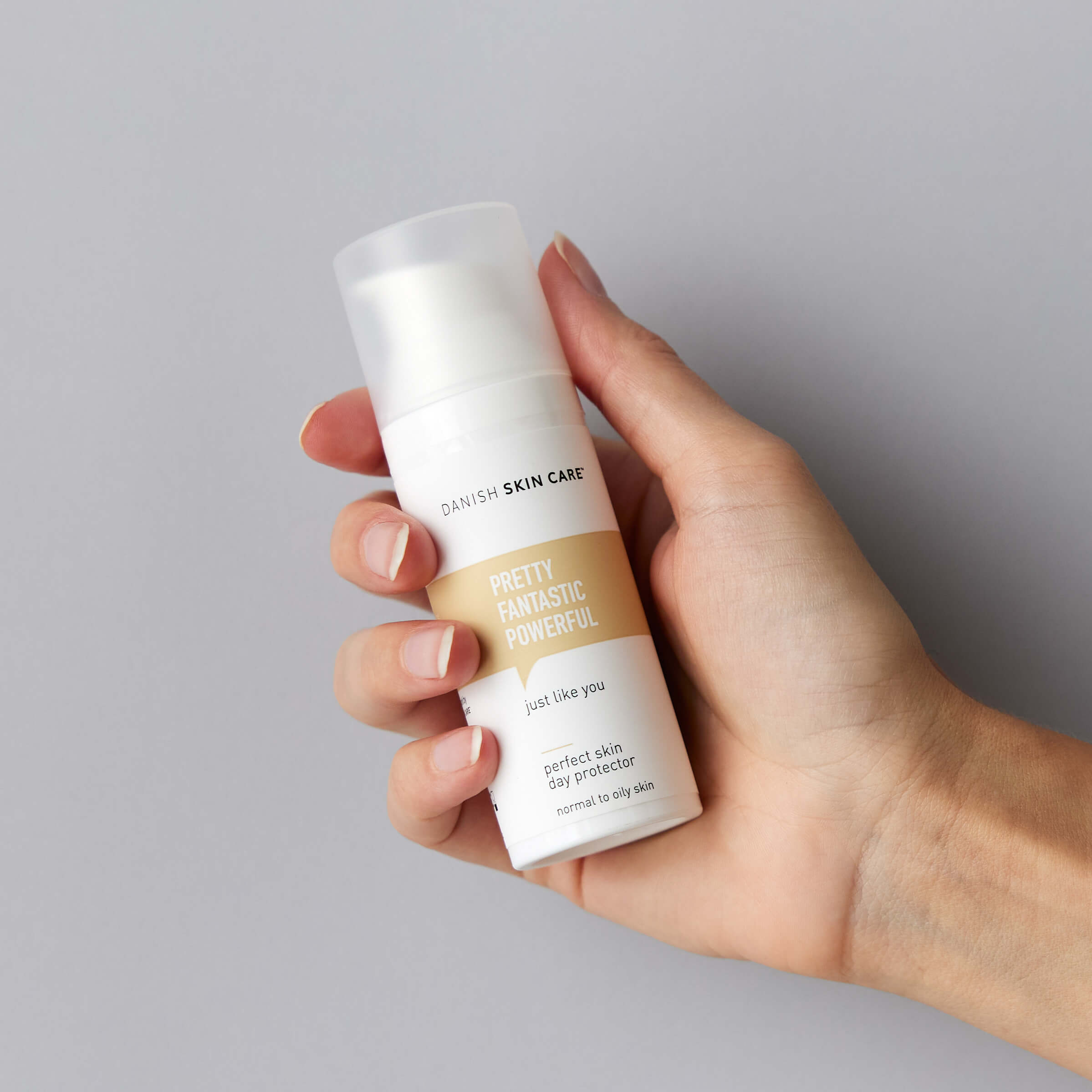
Squalane
Squalane is a strengthening, moisturizing, and restorative ingredient for dry skin.
The science behind Squalane:
Moisturizing Different Racial Skin Types. J Clin Aesthet Dermatol. 2014 Jun;7(6):25–32.
See more studies on squalane
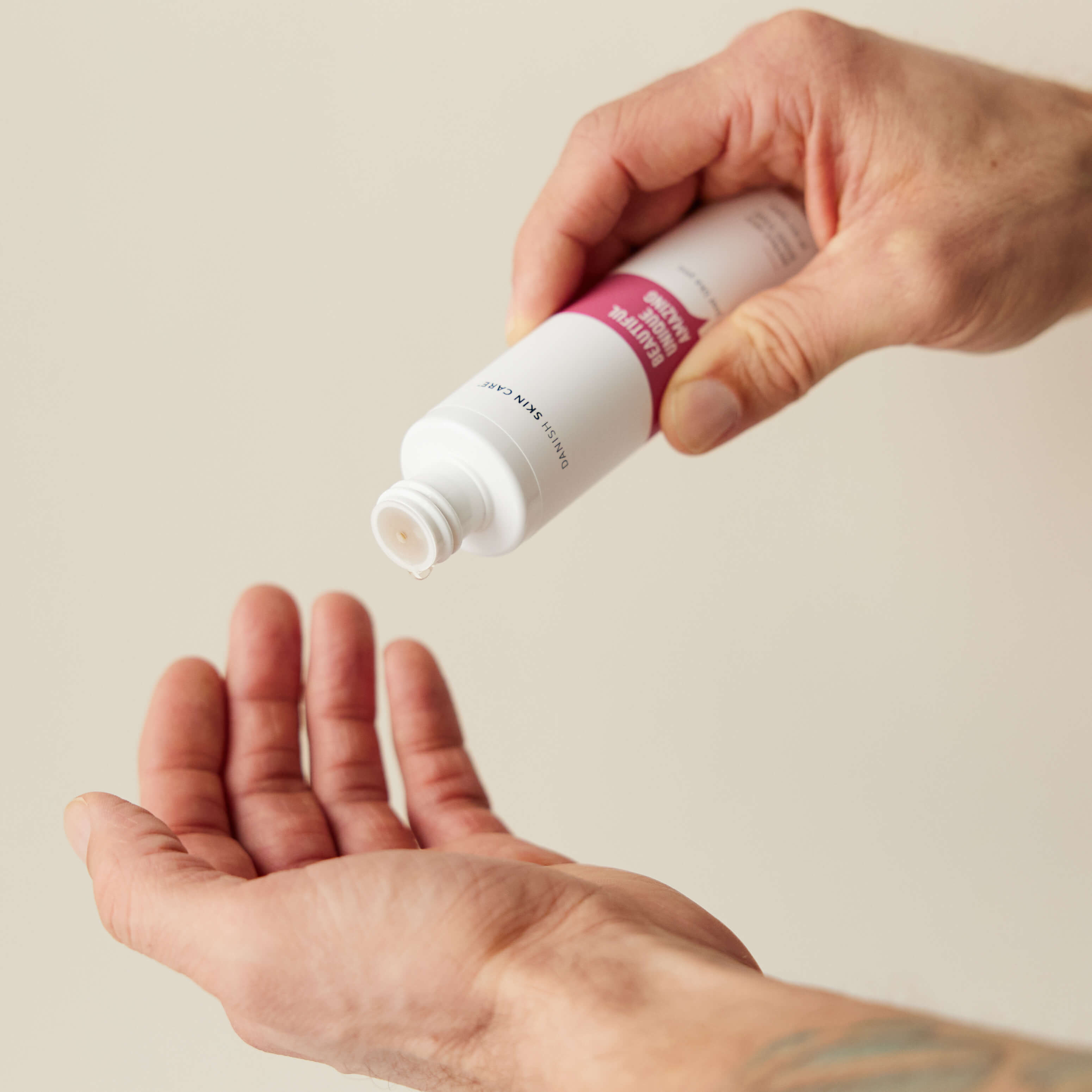
Green tea
Camellia Sinensis is a powerful antioxidant that effectively protects against and fights wrinkles. In addition, green tea is soothing to the skin.
The science behind Green Tea:
The use of green tea extract in cosmetic formulations: not only an antioxidant active ingredient. Dermatol Ther. 2013 May-Jun;26(3):267-71.
See more studies on green tea
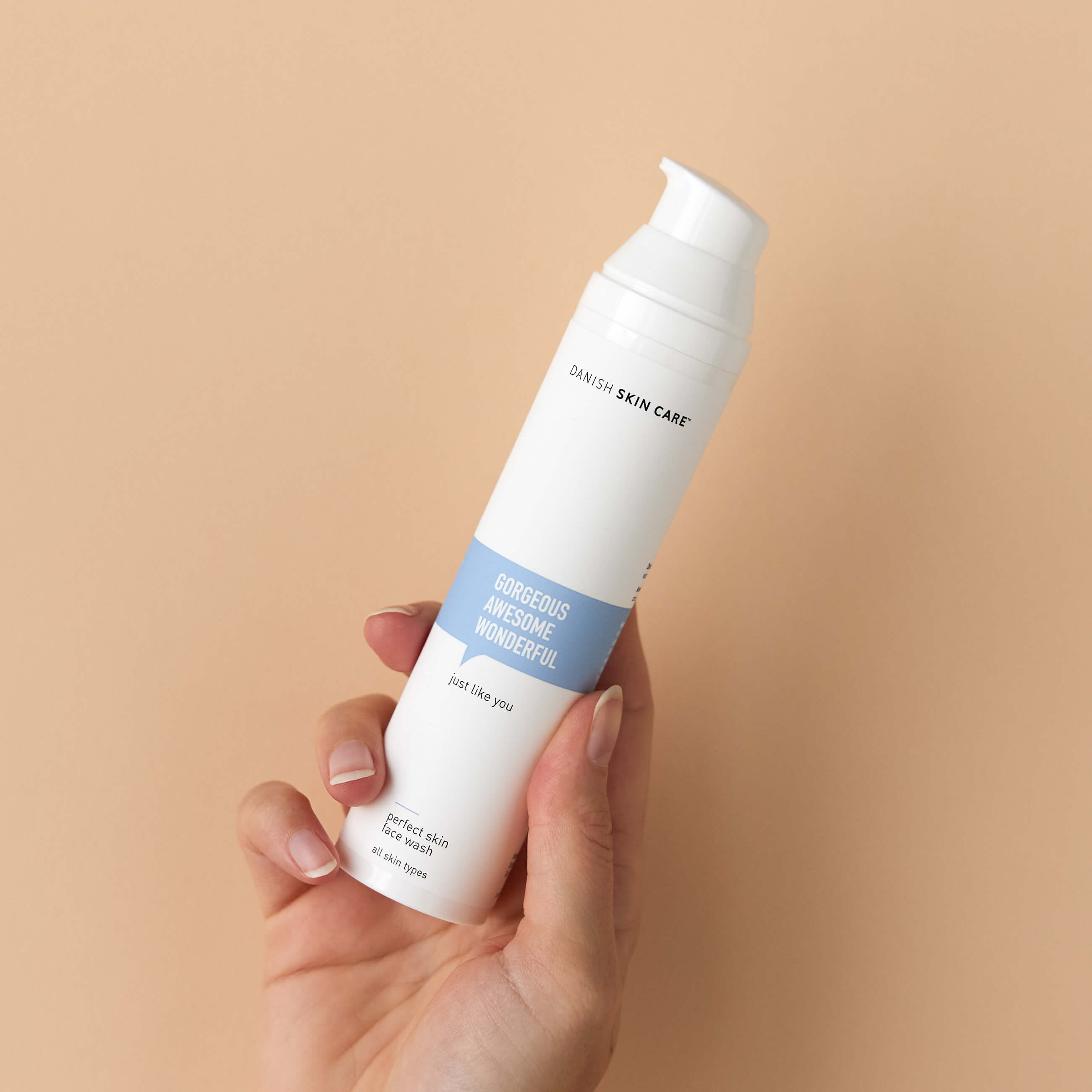
Glycerin
Very good moisturizing ingredient that counteracts dehydration of the skin.
The science behind Glycerin:
Is endogenous glycerol a determinant of stratum corneum hydration in humans? J Invest Dermatol. 2005 Aug;125(2):288-93.
See more studies on glycerin
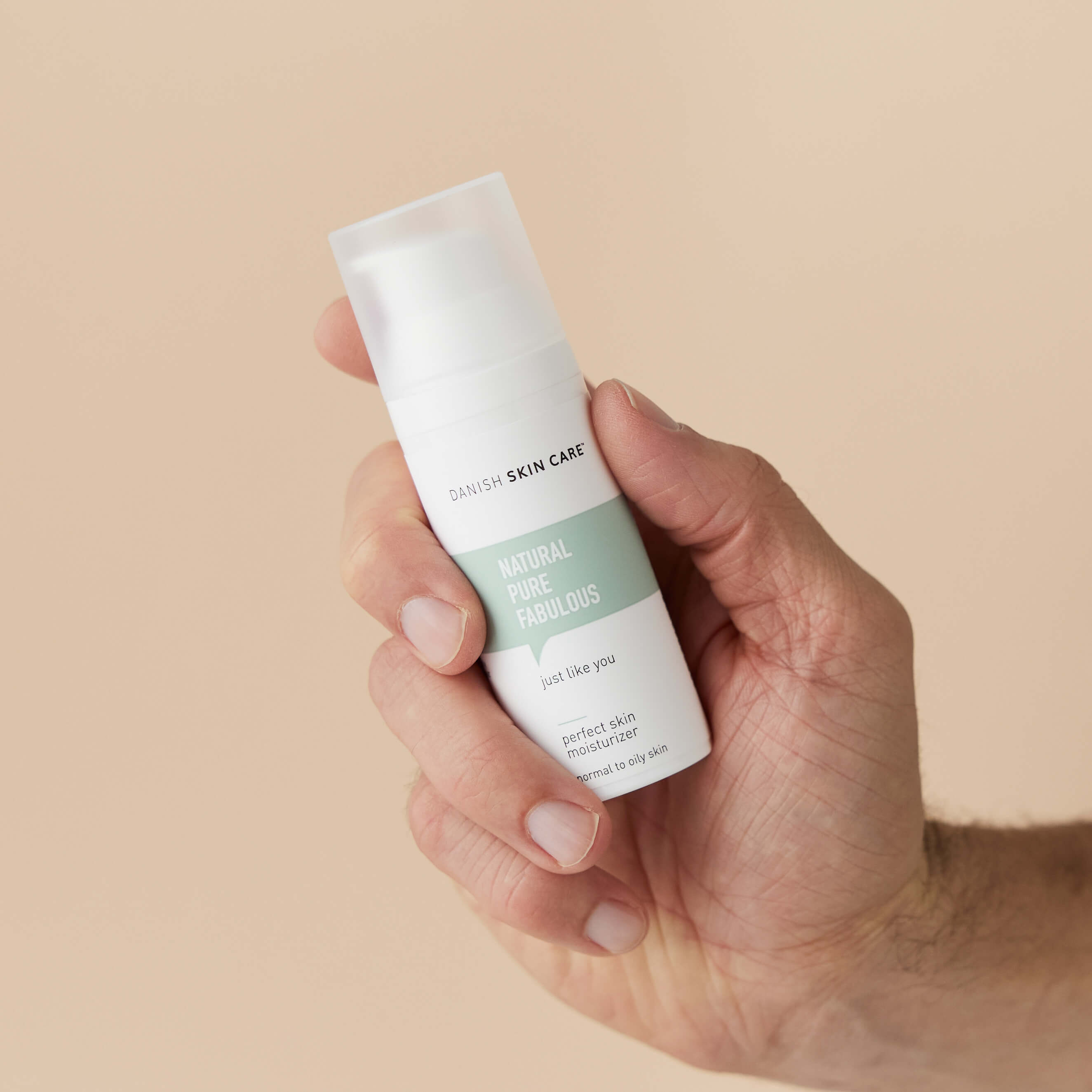
Zinc PCA
Zinc PCA normalizes sebum production and reduces the spread of bacteria that cause acne.
The science behind Zinc PCA:
Zinc l-pyrrolidone carboxylate inhibits the UVA-induced production of matrix metalloproteinase-1 by in vitro cultured skin fibroblasts, whereas it enhances their collagen synthesis. Int J Cosmet Sci. 2012 Feb;34(1):23-28.
See more studies on Zinc PCA
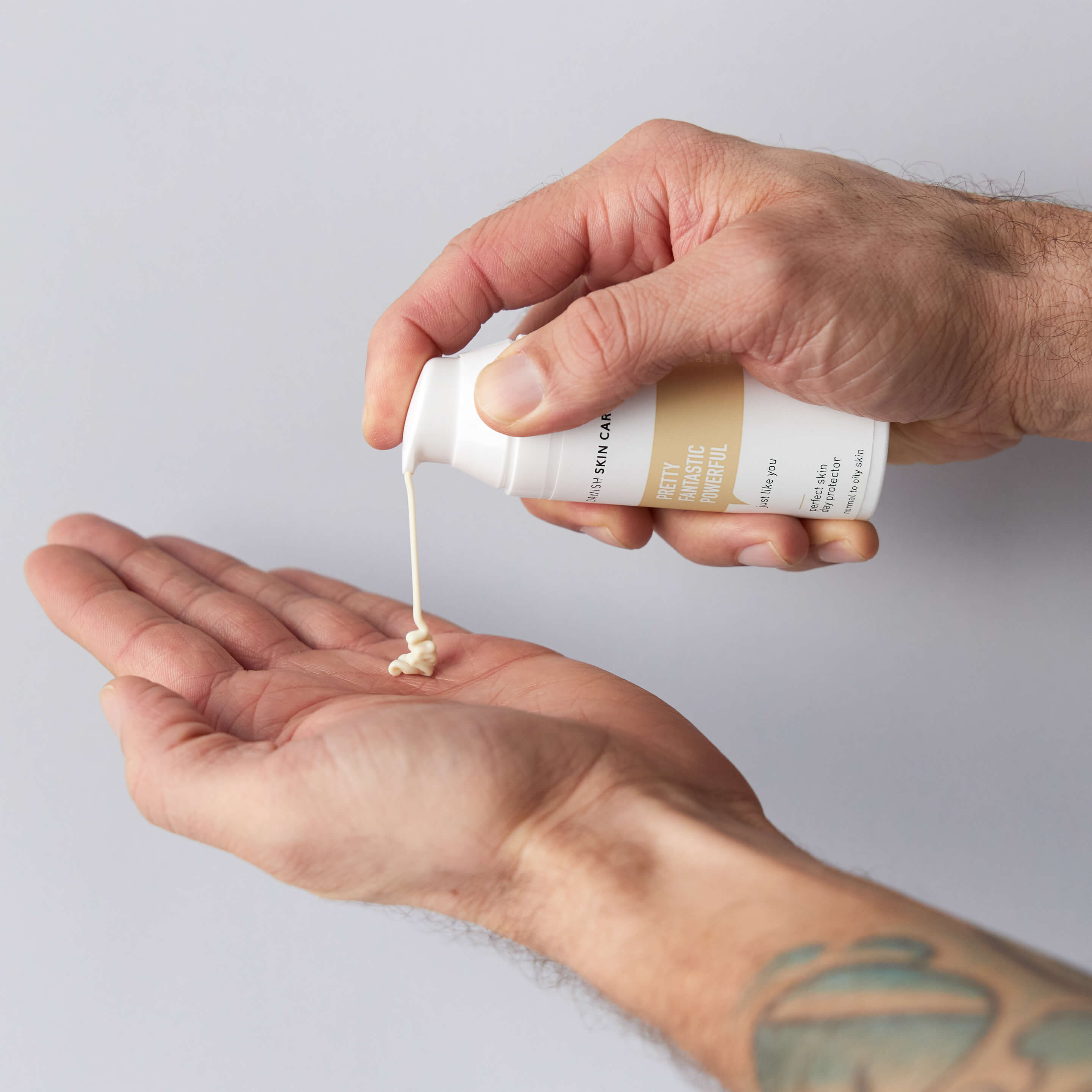
Oat
Avena Sativa is a superb soothing ingredient, especially good for irritated and inflamed skin.
The science behind Oat:
Anti-inflammatory activities of colloidal oatmeal (Avena sativa) contribute to the effectiveness of oats in treatment of itch associated with dry, irritated skin. J Drugs Dermatol. 2015 Jan;14(1):43-8.
See more studies on oat
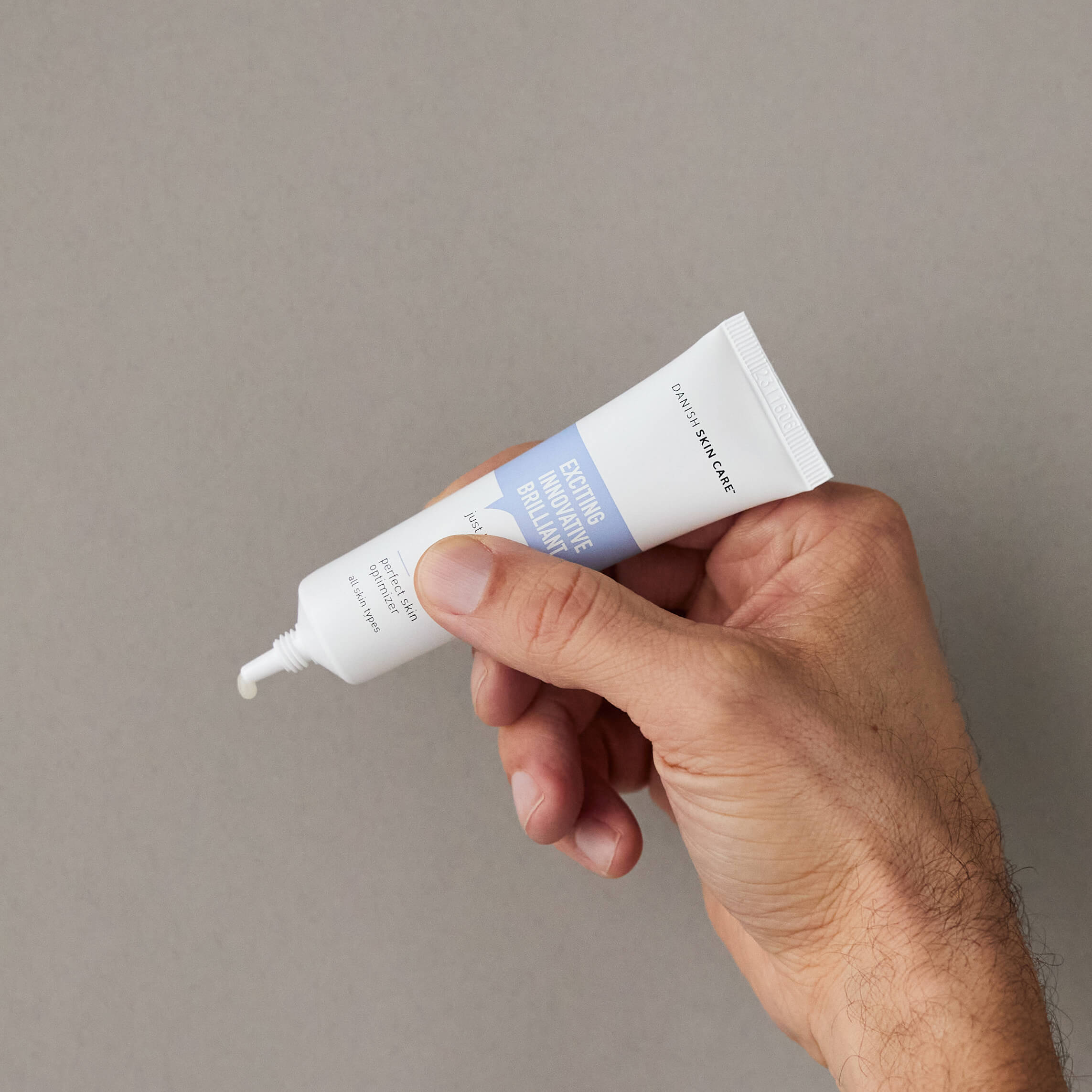
Algae extract
Algae extract is a good anti-oxidant. Best of all, algae are brilliant at binding moisture – after all, algae live in water, where it is a family of more than 20,000 healthy microorganisms.
The science behind Algae Extract:
Exploring the potential of using algae in cosmetics. Bioresour Technol. 2015 May;184:355-362.
See more studies on algae extract
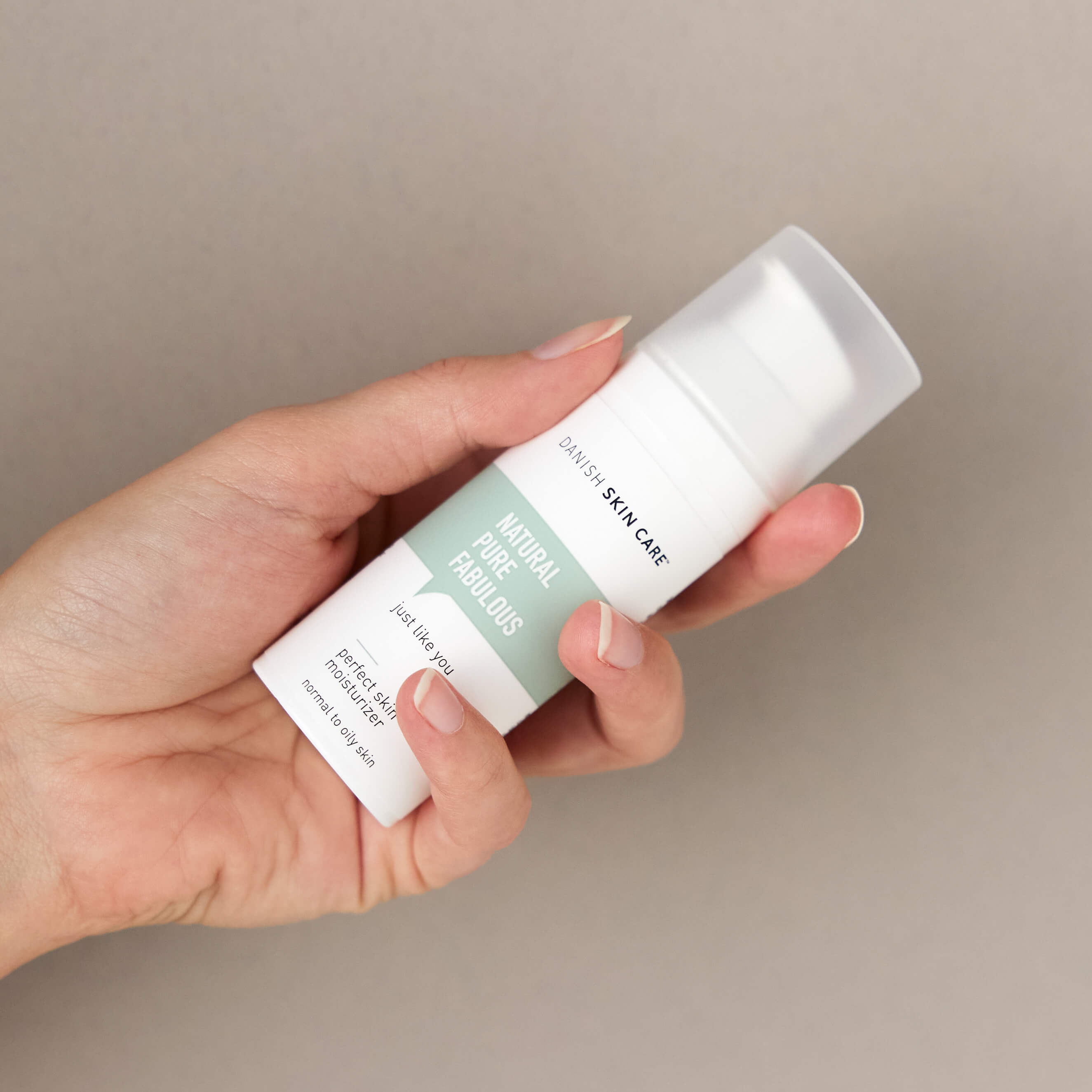
Hyaluronic acid
Sodium Hyaluronate is a powerful moisturizing antioxidant that give the skin strength and radiance.
The science behind Hyaluronic Acid:
Hyaluronic acid: A key molecule in skin aging. Dermatoendocrinol. 2012 Jul 1;4(3):253-8.
See more studies on hyaluronic acid
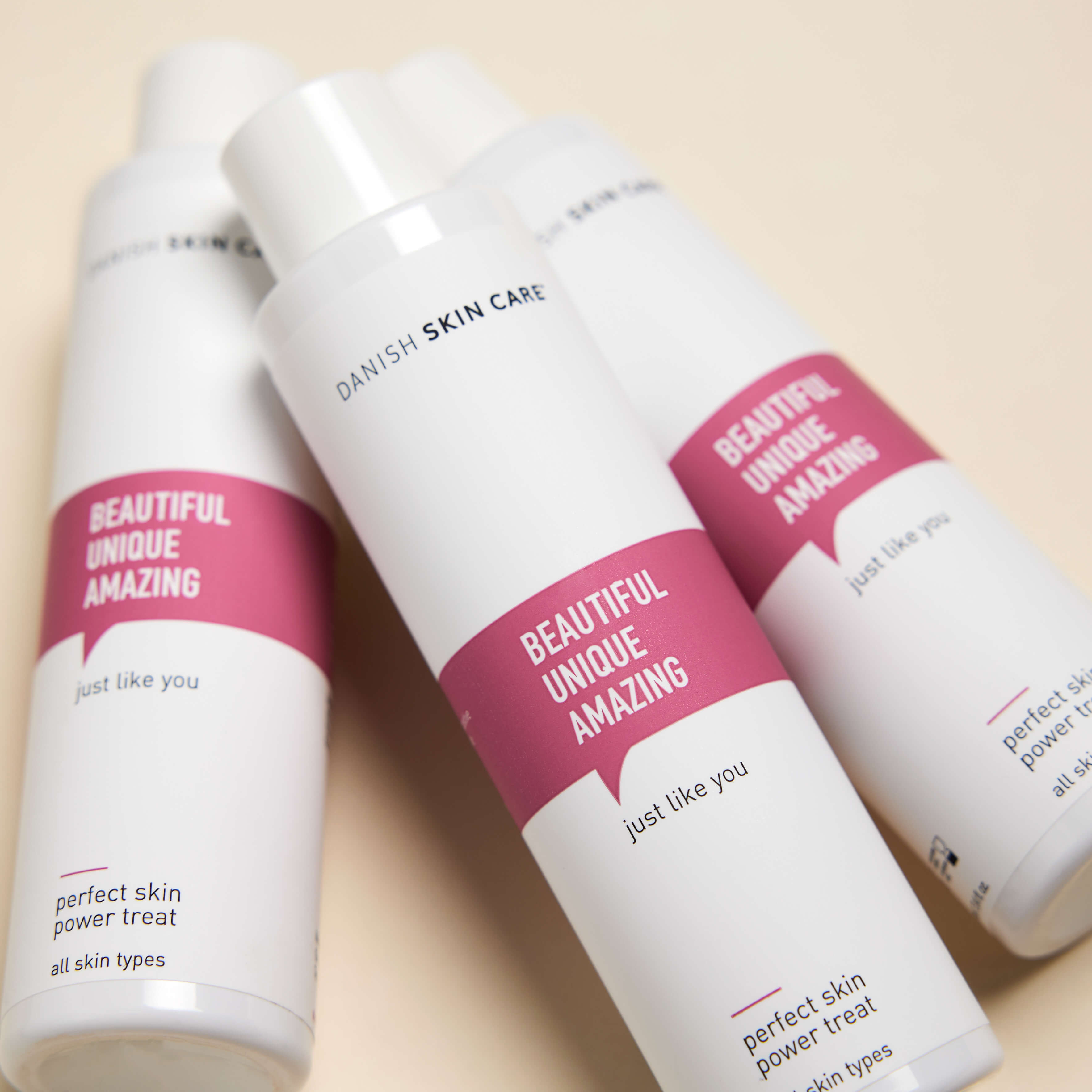
Allantoin
Moisturizing, soothing and reducing discomfort, itching and redness in your skin.
The science behind Allantoin:
An investigation into multifaceted mechanisms of action of allantoin in wound healing. J Am Acad Dermatol. 2017 Jun;76(6).
See more studies about allantoin

MCT oli
Most people are familiar with coconut oil. MCT oil is coconut oil. However, it is only the best 7% from coconut oil.
The brilliant thing about this oil is that it contributes a lot of moisture, without making the skin greasy and sticky. This makes the oil good for both dry and oily skin.
The science behind MCT Oil:
Skin hydration is significantly increased by a cream formulated to mimic the skin’s own natural moisturizing systems. Clin Cosmet Investig Dermatol. 2018 Oct 15;11:491-497.
See more studies about MCT oil
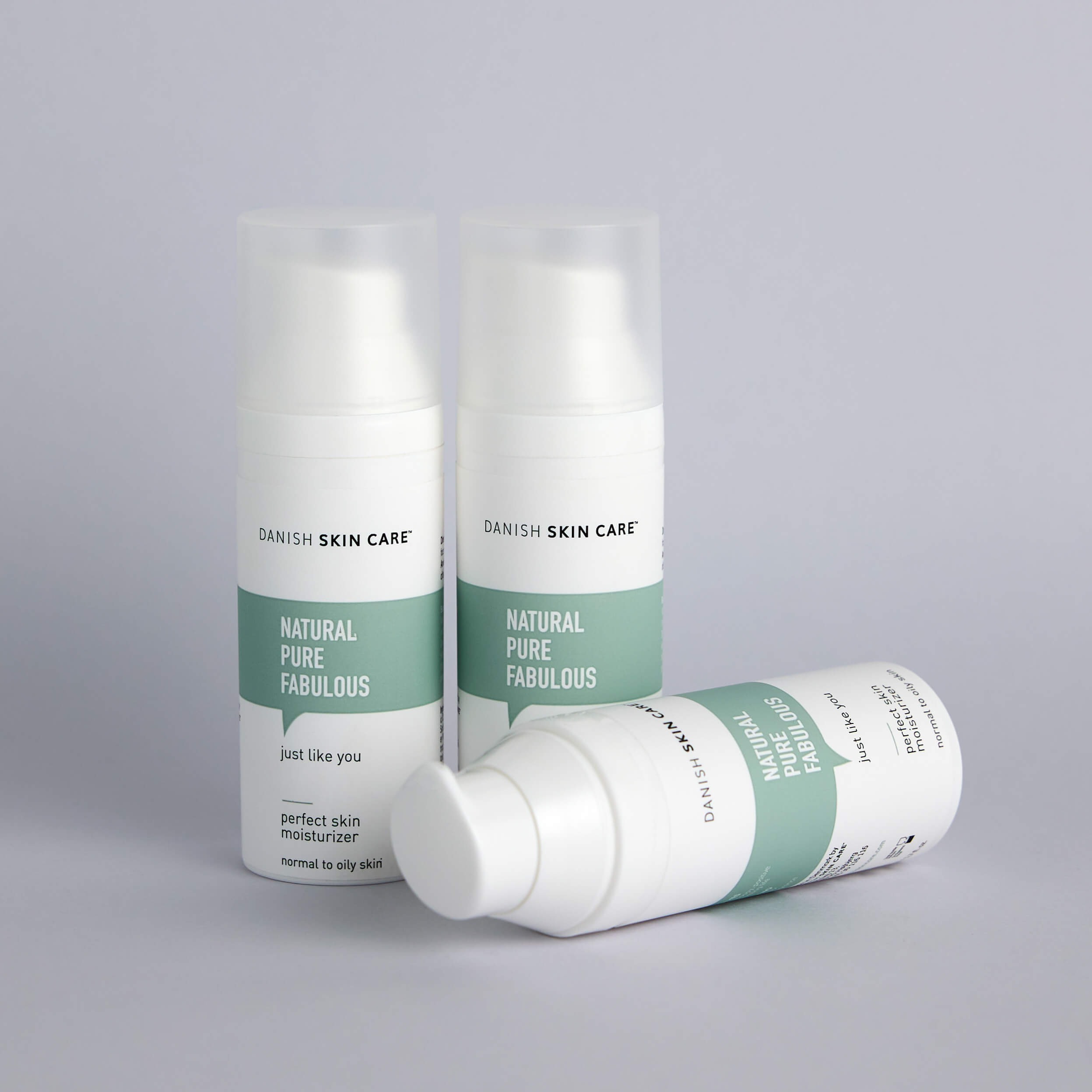
Sodium PCA
Sodium PCA is an effective moisture binder that helps the skin retain moisture.
The science behind Sodium PCA:
The science behind skin care: Moisturizers. J Cosmet Dermatol. 2018 Apr;17(2):138-144.
See more studies on Sodium PCA
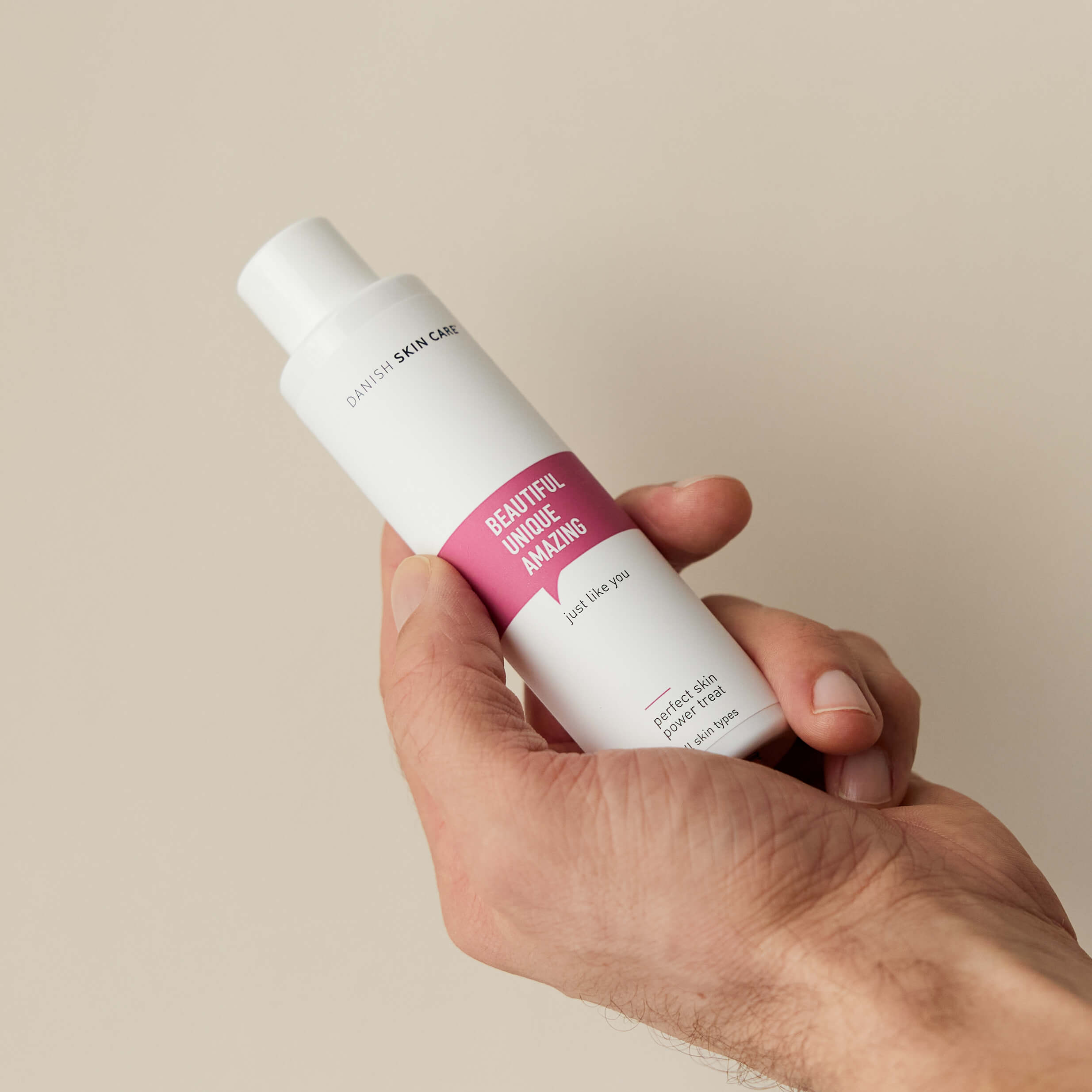
Aloe Vera
Aloe Barbadensis is a soothing ingredient that helps protect the skin with its antioxidant properties.
The science behind Aloe Vera:
The stimulation of postdermabrasion wound healing with stabilized aloe vera gel-polyethylene oxide dressing. J Dermatol Surg Oncol. 1990 May;16(5):460-7.
See more studies on Aloe Vera
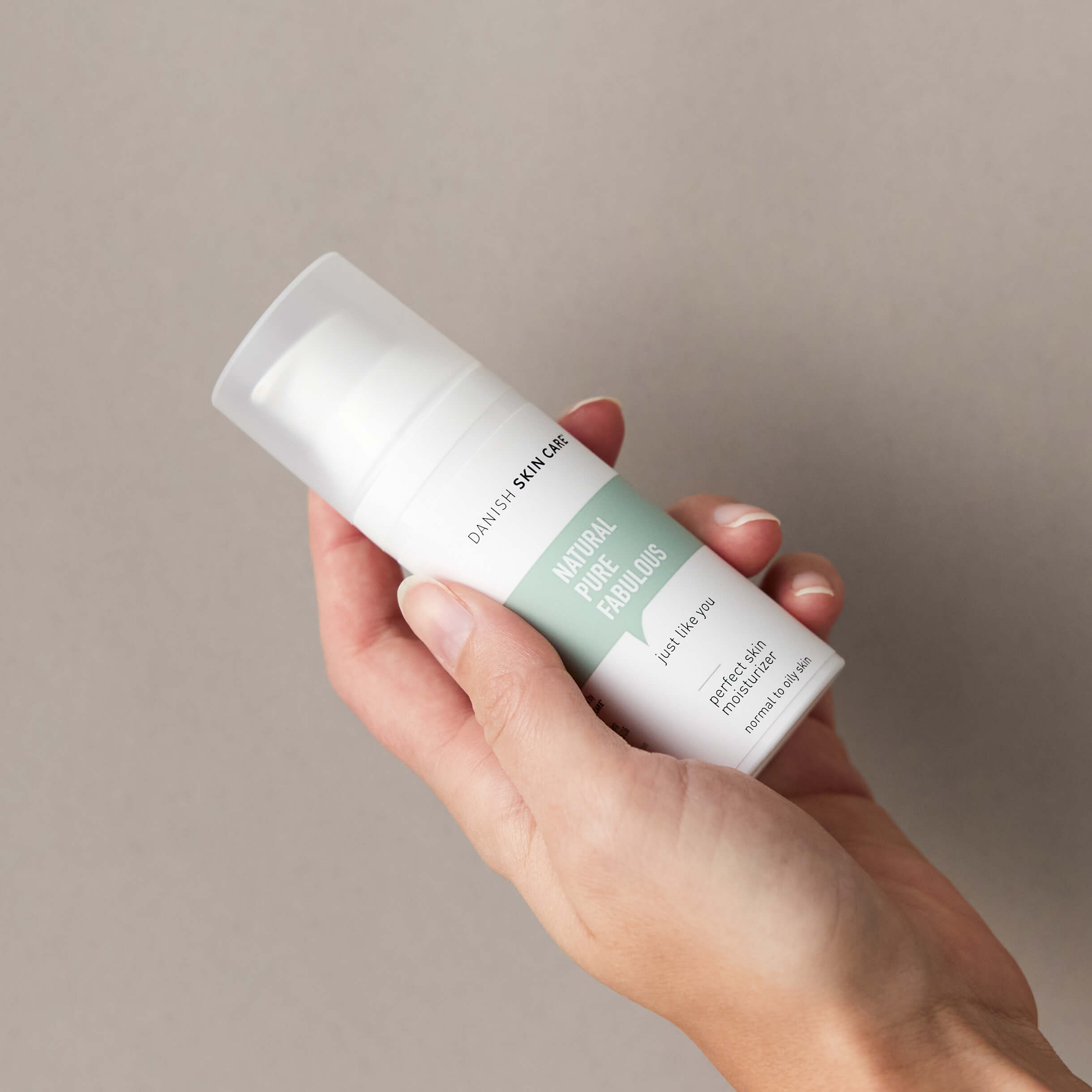
Saccharide Isomerate
Saccharide Isomerate is a superb moisturizer that particularly strengthens the skin’s outer barrier.
The science behind Saccharide Isomerate:
Facial skin mapping: from single point bio-instrumental evaluation to continuous visualization of skin hydration, barrier function, skin surface pH, and sebum in different ethnic skin types. Int J Cosmet Sci. 2019 Oct;41(5):411-424.
See more studies on Saccharide Isomerate
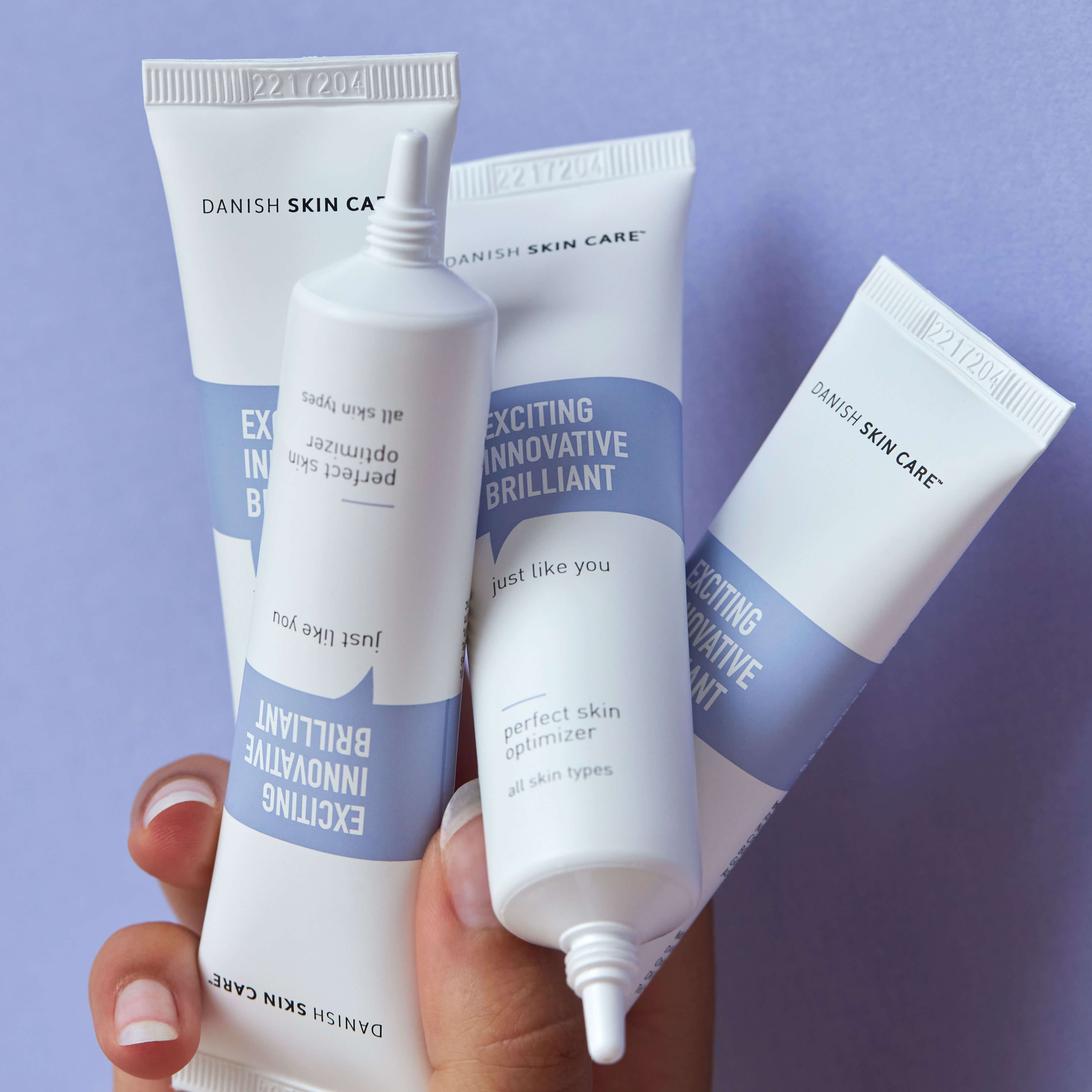
Golden Algae
Laminaria Ochroleuca extract is moisturizing and hydrating. Additionally, this ingredient plays a vital role in protecting the skin from pollution and dirt.
Research has shown that this ingredient is especially beneficial for those with sensitive and delicate skin.
The science behind Laminaria Ochroleuca:
Laminaria Ochroleuca. J Eur Acad Dermatol Venereol. 2007 Sep;21(8):1124-1125.
See more studies on Laminaria Ochroleuca
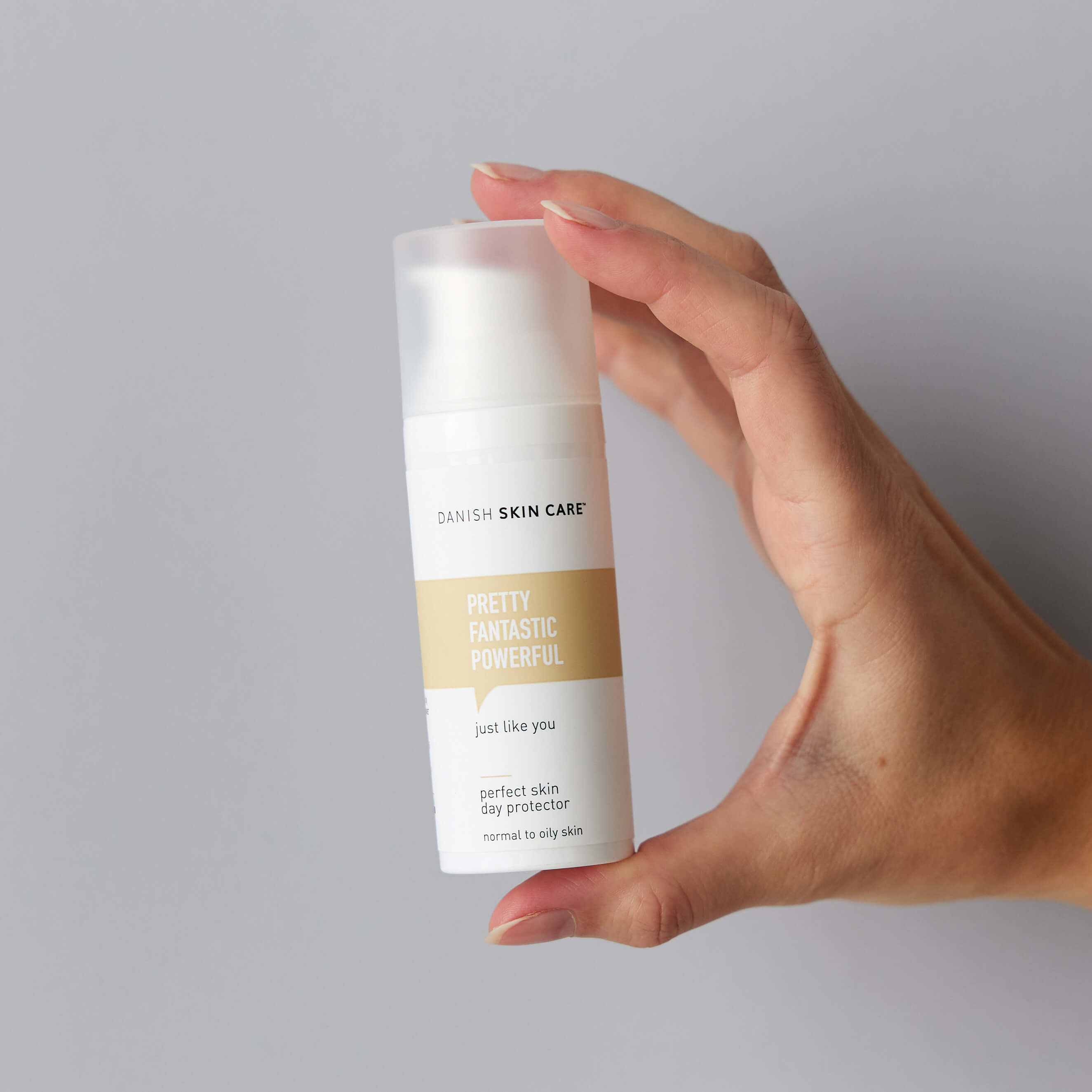
Diethylamino Hydroxybenzoyl Hexyl Benzoate
Gentle sunscreen that protects against UVA rays.
The science behind Diethylamino Hydroxybenzoyl Hexyl Benzoate:
OPINION ON Diethylamino hydroxybenzoyl hexyl benzoate. Eur Comm Sci Comm Consum Prod. 2008 Apr:1-25.
See more studies on Diethylamino Hydroxybenzoyl Hexyl Benzoate
Titanium Dioxide
A broad-spectrum sunscreen that protects against both UVA and UVB rays. This sunscreen poses minimal risk of clogging your skin’s pores.
The science behind Titanium Dioxide:
Safety of titanium dioxide nanoparticles in cosmetics. J Eur Acad Dermatol Venereol. 2019 Nov;34-46.
See more studies on Titanium Dioxide
Ethylhexyl Triazone
Gentle sunscreen that protects against UVB rays.
The science behind Ethylhexyl Triazone:
Photoexcited triplet states of UV-B absorbers: ethylhexyl triazone and diethylhexylbutamido triazone. Photochem Photobiol Sci. 2015 Apr;14(4):807-14.
See more studies on Ethylhexyl Triazone
